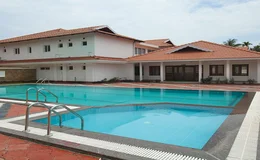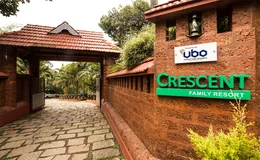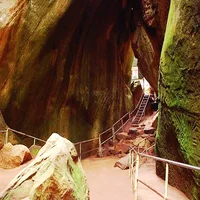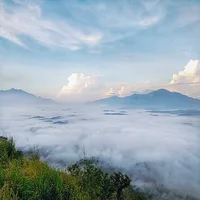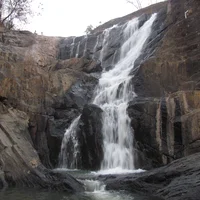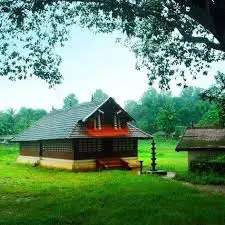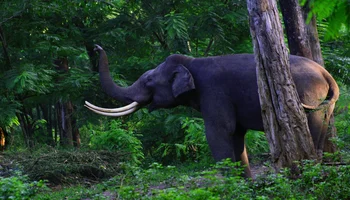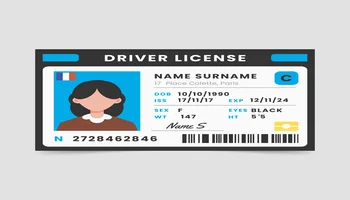Muthanga Wildlife Sanctuary, Wayanad
Travel - 25 September 2024

Muthanga Wildlife Sanctuary, established in 1973, is close to the protected network of Nagarhole and Bandipur in Karnataka in the northeast and Muthumala in Tamil Nadu In the southeast. Rich in biodiversity, this wildlife sanctuary forms an integral part of the Nilgiri Biosphere Reserve. Management emphasises on scientific monitoring taking into account the general lifestyle of tribals and others living in and around the forest area. The sanctuary, home to wild pachyderms, has been declared a Project Elephant site. Muthanga and Tholpetty forests in Wayanad Wildlife Sanctuary are the leading tourism destinations in Wayanad district. Muthanga and Tholpetty are two ecotourism centres in Wayanad Wildlife Sanctuary. Visits to these ecotourism otters provide an unforgettable experience. Herds of elephants, deer, monkeys, tigers, leopards, bears, many species of reptiles, fish, butterflies and birds including eagles are regular sightings here. Medicinal plant garden, birth star plants (Rashi plants), Muthanga elephant camp, traditional tribal folk tales are other attractions in Muthanga.
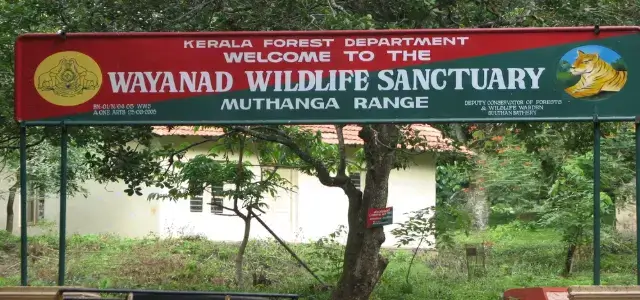
Ecotourism in Muthanga and Tholpetty is very helpful in creating deep conservation awareness in the minds of visitors. It is very educational and entertaining. It is the main livelihood of local tribes including tourist guides. Tourism in these two centres is managed by Muthanga and Tholpetty Eco Development Committees (EDC) under the supervision of the Kerala Forest Department. Muthanga Wildlife Sanctuary is 13 km from Sultan Bathery in Kerala. Management emphasises scientific conservation by considering the general lifestyle of tribals and others living in and around the forest area. Elephants roam freely here and tigers are frequent sightings. Various species of deer, monkeys and birds also live here. The reserve is also a rich habitat for birds, butterflies and insects.
The trees and plants of the sanctuary are typical of South Indian moist deciduous and semi-evergreen forests. A road drive to Muthanga offers a chance to see these wandering animals. Spread over an area of 345 sq km, this wildlife sanctuary is home to a rich flora and fauna. Muthanga Wildlife Sanctuary was brought under the Elephant Scheme in 1991-92. It is considered to be the second largest wildlife sanctuary in Kerala and biogeographical one of the richest areas in peninsular India. The moist deciduous forest is blessed with a variety of trees and other plants. Maruti, Karimaruthi, Rosewood, Vedique, Vengal etc are found here. Wayanad Wildlife Sanctuary has four ranges – Sultan Batheri, Kurichyad, Muthanga and Tholpetty, of which Muthanga and Tholpetty ranges are the most targeted by tourists to Wayanad.It may soon be declared a World Heritage Site due to its vast and diverse ecosystem.
There are 2 buses for visitors. They conduct morning and evening safaris. The service will start when the seats in the bus are full. 22 seats are for passengers. 44 people can visit the forest at the same time in 2 buses. With the arrival of buses, Muthanga has opened up opportunities for more people to visit. There were many people who returned because they did not get tickets earlier. A forest trip by bus is more of an experience as it is not a face-to-face ride compared to a jeep. The cost of travel is also less than that of a jeep. But if it's a family of not more than 4 members then opting for a jeep ride will give you more privacy. The buses will only run the next trip if there is an hour left after one ride. The number of jeeps has been adjusted as buses have started plying. Some days there are only 5 or 10 jeeps. They go and come back and re-service.
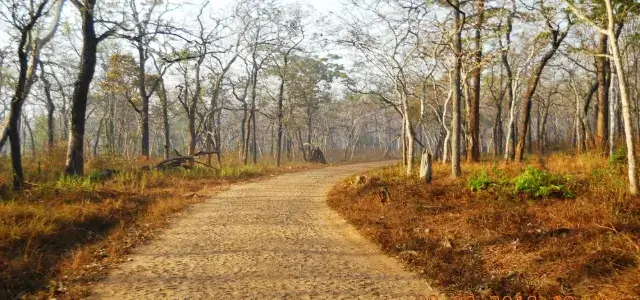
Jeep and bus safaris in this park are the main reason why everyone comes here. Safari timings at Muthanga Wildlife Sanctuary are from 7 am to 10 am and from 3 pm to 5 pm. This is the time when animals roam more. So this is the time when the chances of seeing them also increases. Visitors can only enter the park if they have a jeep or bus safari permit. Safaris run by the Forest Department last for one hour. It is an exhilarating experience as it takes visitors deep into the forested terrain and gives them the opportunity to see a lot of wilderness. Visitors must book safari tickets sold at the forest office. Jeep and bus safaris have two slots, morning and evening. If you opt for the morning slot, be there before 7 am and board the first jeep or bus. As several jeeps take off one after the other, the animals scurry away from the sides of the forest road. Those in the first few jeeps and buses may see some wildlife, while others are generally disappointed. The opposite is true for the afternoon slot. That is, the closer it gets to the evening, the more chances there are to see animals. However, there are no guarantees. Jeeps are rugged vehicles. Sitting in the back of the Jeep facing inwards is not a very comfortable experience. The sides and back of the jeep are closed, so the animals can only be seen through the small side windows. A path through the forest is a muddy path which is wet during monsoons and dusty at other times. Expect a bumpy ride. An average-sized adult would have to bend over a bit to avoid hitting the roof.
Around 40 jeeps can enter in the morning. 20 jeeps are allowed in the evening. Jeep and bus Safari trails are fixed and there is no way to deviate. There are rest stops under the control of the forest department for visitors to stay overnight. The duration of the safari is one hour. Sightings depend on luck and a successful spotting cannot be guaranteed on the first safari itself. For this reason, most of the wildlife lovers prefer to stay around the sanctuary for a few days and try their luck at the safari every morning and evening.
Tickets for the safari are issued from the forest office located on the main road. Tickets are provided on a first-come, first-served basis. Make sure you reach the booking counter at least 30 minutes before. After collecting the entrance fee to the sanctuary, the jeep cost must be paid out at the start of the safari. The jeeps run along a fixed path inside the forest and enter the main road at various points. Elephants, deer and peacocks are common wildlife found in the sanctuary, while rare animals like tigers are regularly spotted on early morning safaris. You'll be amazed at how fast the time flies as the jeep zips along the forest road, occasionally revealing spectacular views. The Forest Department maintains rest centres in the vicinity of the Wayanad Wildlife Sanctuary. Sultan Batheri is considered as the base of the Muthanga Sanctuary and many accommodation options are available here.
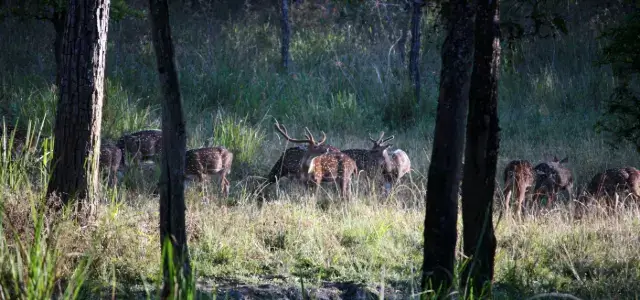
In 1973, the Wayanad Wildlife Sanctuary was officially given the status of a Wildlife Sanctuary. Almost two decades later, in 1991 and 1992, Muthanga became part of Project Elephant in an effort to protect Asian elephants in their natural habitat in India. Wayanad is the district with the largest number of tribals in Kerala. The Scheduled Tribes here are Paniya, Kuruba, Atiyan, Kurichiya, Urali, Kattunaikkan. With an area of 2126 km, Wayanad has a rich history. Ruins and inscriptions found in various parts of Wayanad speak of an important prehistoric period. Historians are of the opinion that organised human life existed in these parts at least ten centuries before Christ. During the 2017-18 surveillance program of the Forest Department, the Wayanad Wildlife Sanctuary (WWS) was found to have the highest number of tigers in the state. Of the total 176 tigers in the state, 75 have been identified from the WWS, which is part of a large forest complex with India's largest tiger population. In 2012, a tiger was shot dead by the Kerala Forest Department in a coffee plantation on the outskirts of the Wayanad Wildlife Sanctuary. Many local political leaders applauded the killing of the tiger. The Kerala Chief Wildlife Warden has ordered the poaching of the animal following a massive protest against the smuggling of tiger pets. Wayanad Wildlife Sanctuary has different species of vultures like white-horned vulture and red-headed vulture. The collective population of these eagles was around 150 in February 2016 and 17 eagle nests were counted. In March 2016, only about 11 eagle nests were seen. Diclofenac, a banned drug, is believed to be responsible for the decline in eagle numbers.
The sanctuary emphasises scientific conservation. Due consideration has been given to the general lifestyles of tribals and others living in and around the forest. This wildlife sanctuary in Wayanad has a special historical connection with our freedom struggle as Raja Pazhassi was involved in the war with the East India Company in 1805. 45 species of mammals, 203 species of birds, 45 species of reptiles, 30 species of amphibians and 59 species of fish are reported from the sanctuary. A number of ecotourism activities are being conducted to create awareness and conservation among the visitors regarding conservation of the wildlife sanctuary. Under the supervision of the Kerala Forest Department, Eco Development Committees (EDCs) manage the ecotourism activities organised in the Muthanga Wildlife Sanctuary in Wayanad.
Best Time to Visit Muthanga Wildlife Sanctuary

Muthanga Wildlife Sanctuary with lush green forests attracts visitors throughout the year. Post-monsoon winters and winters are still an enjoyable time to visit Muthanga as nature is at its best. This Wayanad Wildlife Sanctuary is open only from August to February. The best time to visit wildlife sanctuaries in Wayanad is between October and February. Check for wildfires in the summer. It is better to avoid heavy rainy days. On rainy days, the dirt road through the forest gets muddy and the jeep ride is not comfortable. The Muthanga river near the sanctuary overflows with water during monsoons. Water enters the national highway and travel is often disrupted. Summer is an ideal opportunity to spot wildlife as many animals including tigers and elephants from neighbouring sanctuaries flock to Wayanad Wildlife Sanctuary in search of food and water.
Tips for Visiting Muthanga wildlife Sanctuary
Forest reserves, national parks and wildlife sanctuaries require special care and caution on the part of visitors. Because we are encroaching on others' habitats. It is our responsibility to act without disturbing their habitat. For a comfortable experience for you and the animals, here are some pointers to follow while exploring the Wayanad Wildlife Sanctuary:
Muthanga wildlife Sanctuary Timings
Note : 2 buses run in the morning and evening. The number of jeeps also changes according to the crowd.
Muthanga wildlife Sanctuary Entry Fee
| Category | Ticket Price |
|---|---|
| Adult (Indian) | ₹300 |
| Adult (Foreigner) | ₹600 |
| Child (Indian) | ₹150 |
| Student | ₹150 |
| Package (Indian. Maximum 4 Persons) | ₹2000 |
| Package (Foreigner) | ₹4000 |
| Still Camera | ₹45 |
| Video Camera | ₹255 |
Notes
Other Packages
The Best Activities to Experience in Muthanga wildlife Sanctuary
Wayanad Wildlife Sanctuary has enough activities to keep you engrossed in its beauty for a few days. Here we list some fun things you can do:
Interesting Facts About Muthanga Wildlife Sanctuary
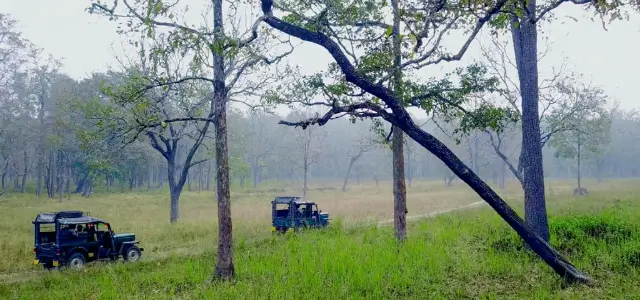
Traveling to Muthanga Wildlife Sanctuary, Wayanad: Best Routes and Options
By Air
The nearest airport to Muthanga Wildlife Sanctuary is Calicut International Airport at a distance of about 119 km. You can easily take a cab from the airport to Wayanad or take a bus from the airport (or nearby) to Wayanad. Or you can rent a vehicle, look for short Muthanga Wildlife Sanctuary directions on Google Maps and drive yourself there.
Kannur International Airport is not far from Muthanga Wildlife Sanctuary and is about 130 km away. It is possible to take a cab from the airport (or nearby) to Wayanad. Or you can rent a vehicle, look for short Muthanga Wildlife Sanctuary directions on Google Maps and drive yourself there.
By Rail
Kozhikode Railway Station is the nearest railhead to Muthanga Wildlife Sanctuary, at a distance of about 111 km. The Kozhikode Railhead is well connected to major Indian cities such as Delhi, Mumbai and Bangalore, as well as to several regional cities and towns in Kerala and Tamil Nadu. Once your train arrives, you can easily take a cab from there (fares will be higher) or take a bus from the railway station(or nearby) to Wayanad. Or you can rent a vehicle, look for short Muthanga Wildlife Sanctuary directions on Google Maps and drive yourself there.
By Road
Wayanad is served by various KSRTC buses and private buses from various districts of Kerala, Karnataka and Tamil Nadu. Wayanad is easily accessible by road.
How to Reach Muthanga Wildlife Sanctuary
From Mananthavadi
- Mananthavady
- Panamaram
- Kenichira
- Sulthan Bathery
 Muthanga Wildlife Sanctuary
Muthanga Wildlife Sanctuary
Muthanga Wildlife Sanctuary is 55 km from Mananthavady. From Mananthavady you can reach Muthanga Wildlife Sanctuary via Panamaram - Kenichira - Bathery. Alternatively, you can choose Panamaram - Pachilakkad - Meenangadi - Bathery root as well.
From Sultan Bathery
- Sultan Bathery
- Moolankavu
- Naikkatty
- Kalloor
 Muthanga Wildlife Sanctuary
Muthanga Wildlife Sanctuary
Muthanga Wildlife Sanctuary is 15 km from Sultan Bathery. From Sultan Bathery you can reach Muthanga Wildlife Sanctuary via NH 766.
From Kalpetta
- Kalpetta
- Kainatty
- Muttil
- Meenangadi
- Bathery
 Muthanga Wildlife Sanctuary
Muthanga Wildlife Sanctuary
Muthanga Wildlife Sanctuary is 38 km from Kalpetta. From Kalpetta you can reach Muthanga Wildlife Sanctuary via Kainatty - Muttil _ Meenangadi - Bathery.

